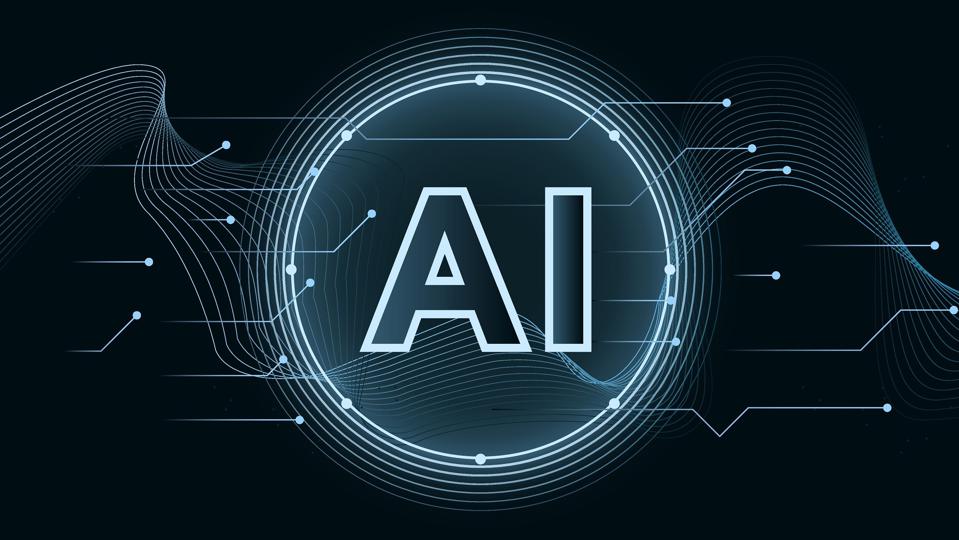
Cristinapaetzold
Add a review FollowOverview
-
Founded Date October 2, 1932
-
Sectors AHP
-
Posted Jobs 0
-
Viewed 50
Company Description
AI Simulation Gives People a Look of Their Potential Future Self

In a preliminary user research study, the scientists found that after communicating with Future You for about half an hour, people reported decreased stress and anxiety and felt a more powerful sense of connection with their future selves.
(1).pngL.jpg)
“We do not have a genuine time maker yet, however AI can be a type of virtual time maker. We can utilize this simulation to help individuals believe more about the consequences of the options they are making today,” states Pat Pataranutaporn, a current Media Lab doctoral graduate who is actively establishing a program to advance human-AI interaction research study at MIT, and co-lead author of a paper on Future You.

Pataranutaporn is joined on the paper by co-lead authors Kavin Winson, a scientist at KASIKORN Labs; and Peggy Yin, a Harvard University undergrad; along with Auttasak Lapapirojn and Pichayoot Ouppaphan of KASIKORN Labs; and senior authors Monchai Lertsutthiwong, head of AI research at the KASIKORN Business-Technology Group; Pattie Maes, the Germeshausen Professor of Media, Arts, and Sciences and head of the Fluid Interfaces group at MIT, and Hal Hershfield, professor of marketing, behavioral choice making, and psychology at the University of California at Los Angeles. The research study will be provided at the IEEE Conference on Frontiers in Education.
A sensible simulation
Studies about conceptualizing one’s future self return to at least the 1960s. One early approach aimed at enhancing future self-continuity had individuals compose letters to their future selves. More recently, researchers used virtual reality goggles to assist people envision future variations of themselves.
But none of these techniques were extremely interactive, limiting the effect they might have on a user.

With the development of generative AI and big language designs like ChatGPT, the scientists saw a chance to make a simulated future self that might talk about someone’s actual objectives and goals throughout a regular conversation.
“The system makes the simulation really sensible. Future You is far more detailed than what an individual might create by just envisioning their future selves,” says Maes.
Users begin by answering a series of questions about their current lives, things that are essential to them, and goals for the future.
The AI system uses this info to develop what the scientists call “future self memories” which offer a backstory the design pulls from when communicating with the user.
For example, the chatbot could talk about the highlights of somebody’s future profession or answer questions about how the user conquered a specific difficulty. This is possible since ChatGPT has been trained on substantial data involving individuals speaking about their lives, professions, and excellent and disappointments.
The user engages with the tool in two methods: through self-questioning, when they consider their life and goals as they build their future selves, and memory, when they contemplate whether the simulation shows who they see themselves becoming, says Yin.
“You can think of Future You as a story search area. You have an opportunity to hear how some of your experiences, which might still be emotionally charged for you now, could be metabolized throughout time,” she states.
To assist people imagine their future selves, the system generates an age-progressed picture of the user. The chatbot is likewise to provide brilliant answers utilizing expressions like “when I was your age,” so the simulation feels more like an actual future version of the person.
The capability to listen from an older variation of oneself, instead of a generic AI, can have a stronger positive influence on a user pondering an unpredictable future, Hershfield says.
“The interactive, brilliant elements of the platform offer the user an anchor point and take something that might lead to nervous rumination and make it more concrete and efficient,” he adds.
But that realism might backfire if the simulation moves in an unfavorable direction. To prevent this, they ensure Future You warns users that it reveals just one potential variation of their future self, and they have the firm to alter their lives. Providing alternate responses to the survey yields a totally various discussion.
“This is not a prophesy, but rather a possibility,” Pataranutaporn says.
Aiding self-development
To assess Future You, they performed a user research study with 344 people. Some users engaged with the system for 10-30 minutes, while others either interacted with a generic chatbot or only filled out surveys.
Participants who used Future You were able to develop a closer relationship with their perfect future selves, based on an analytical analysis of their responses. These users also reported less anxiety about the future after their interactions. In addition, Future You users stated the discussion felt sincere which their values and beliefs seemed consistent in their simulated future identities.
“This work forges a brand-new path by taking a reputable mental technique to visualize times to come – an avatar of the future self – with cutting edge AI. This is exactly the type of work academics ought to be focusing on as innovation to build virtual self models merges with big language designs,” states Jeremy Bailenson, the Thomas More Storke Professor of Communication at Stanford University, who was not included with this research.
Building off the outcomes of this preliminary user research study, the researchers continue to fine-tune the methods they develop context and prime users so they have conversations that help build a stronger sense of future self-continuity.
“We desire to assist the user to speak about specific subjects, instead of asking their future selves who the next president will be,” Pataranutaporn states.
They are also adding safeguards to prevent individuals from misusing the system. For example, one could envision a business creating a “future you” of a potential client who accomplishes some terrific outcome in life due to the fact that they bought a specific item.
Moving forward, the researchers desire to study particular applications of Future You, possibly by making it possible for individuals to check out various careers or visualize how their daily options could impact environment change.

They are also collecting information from the Future You pilot to better comprehend how people utilize the system.
“We do not desire people to end up being depending on this tool. Rather, we hope it is a meaningful experience that assists them see themselves and the world in a different way, and aids with self-development,” Maes says.

